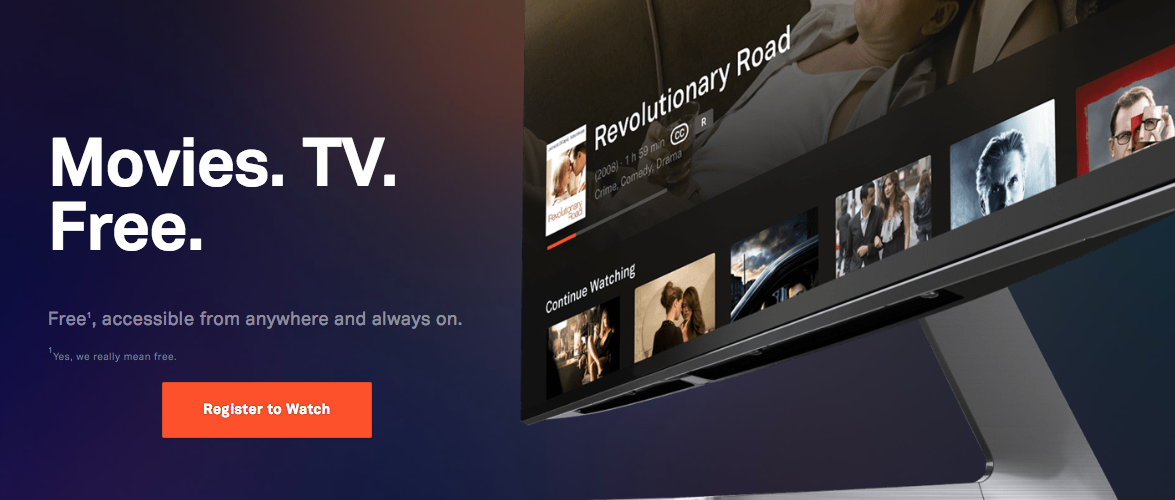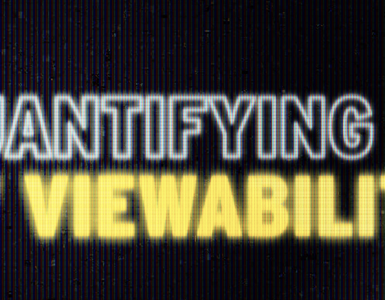Let’s remember that the main reason an increasing number of people are cutting the cord is because of price. Cable is just too expensive, and for the wrong reasons. Networks force on cable companies channels that not every viewer wants, but every cable subscriber with standard packages has to pay for. Even with options like YouTube TV, Sling TV, and PlayStation Vue, costs can quickly mount, especially when combined with favorite subscription video on demand (SVOD) services like Netflix, HBO NOW, and Hulu.
This is where Tubi comes in: a free streaming service that offers thousands of movies and TV content from Hulu, Paramount, MGM, and Starz. Tubi is betting that for those really looking to save on costs, complementing a Netflix and HBO NOW subscription with the company’s vast content library (and a little bit of extra time watching ads) is enough. And, so far, the bet has paid off. Tubi has raised $35 million in funding and has millions of subscribers tapping into its growing content library. Because it’s ad-supported, this also gives digital-first marketers a compelling way to reach engaged viewers.
On the heels of a recent partnership with Hulu, which brings some of Hulu’s original content to the Tubi platform, we caught up with Farhad Massoudi, CEO and Founder of Tubi.
Found Remote: Consumers are more willing than ever to pay for services if it means fewer – or no – ads. How does Tubi buck that trend?
Farhad Massoudi: As we continue to see the cord-cutting audience grow, it’s important to remember why they are leaving cable – nearly 87% of consumers claim they ended their cable subscription because of price, not ads. While many of these viewers move to Netflix or Hulu, they only really want to pay for one or two subscription video on demand (SVOD) services. Tubi is the perfect complement for those who want more content beyond a growing library of originals without the added cost. If consumers rely solely on SVOD services they are getting access to less than 1% of the world’s content. Consumers deserve to have access to more content, which Tubi is unlocking with a library larger than Netflix.
FR: Hulu, in a lot of ways, is a Tubi competitor. Why did you decide to partner with them to distribute some Hulu originals?
Massoudi: We enjoy a healthy and compatible partnership with Hulu. Hulu and Tubi have very different business models, and consumers are increasingly using free streaming services as a complement to SVOD services. The curated selection of longform Hulu content is a sampling of Hulu originals as well as popular movies and TV series. This partnership provides viewers with a free option to access these titles and is a great addition to Tubi’s fast-growing library of content.
FR: How are advertisers taking advantage of the ability to reach cord-cutting audiences? Are interactive ad units paying off?
Massoudi: Much like mobile before it’s prime, over the top (OTT) advertising has definitely taken some time to mature. For TV buyers, right now it’s about finding the right media-mix of screens – connected TV and mobile, for example – and platforms to drive the most incremental reach. There are also still plenty of consumers who watch on both cable and OTT and combining the two dramatically increases aided TV recall and purchase intent. As for creative, the nature of the OTT environment already drives better performance than other video ads. Interactive ad units elevate it even more because of their customizable features that can be tailored to specific KPIs.
FR: Why are personalization and content recommendations so important to Tubi’s growth? How have these features boosted engagement?
Massoudi: As the largest library of TV and movies, discovery is to key to helping our customers find the right piece of content. Consumers want the fastest path to relevant content, and Tubi’s Content Personalization Engine has boosted discovery of titles by 20% and growing each month. The more our users watch Tubi, the more our proprietary algorithms learn about a viewer’s habits and can recommend individualized titles.
FR: Given the growth of Tubi and the audience you’re able to reach, the next obvious question is when will you begin to option your own original content. If that’s not on the roadmap, what’s next?
Massoudi: Viewers are overwhelmed with original content. To succeed in that arena, networks and streaming services have to cut through the clutter while facing enormous competition. This makes producing original content financially and creatively risky, and as a result there’s a lot of subpar content that viewers reject. That’s not our objective. Instead, we’re growing what is already the largest library in free streaming, and using our Content Personalization Engine to get viewers relevant content.





















